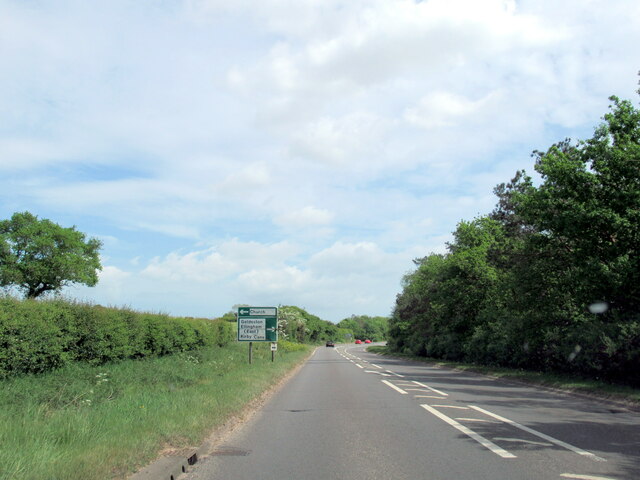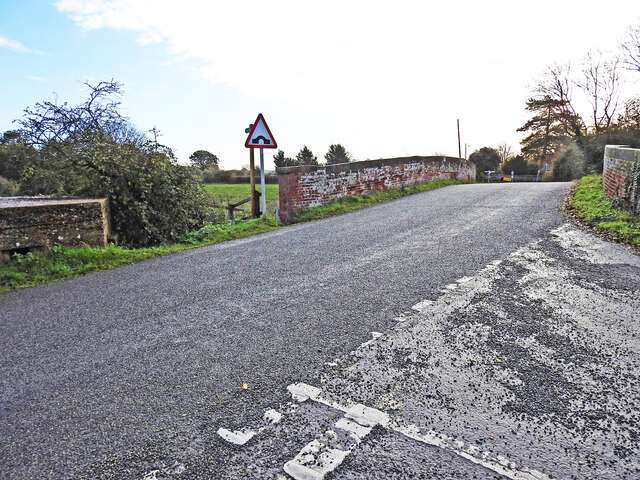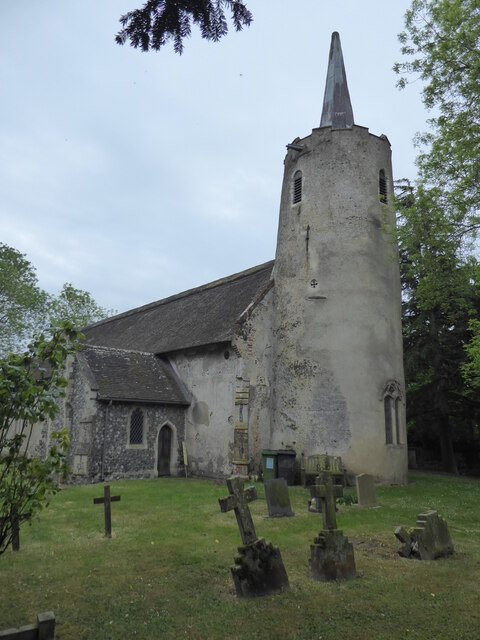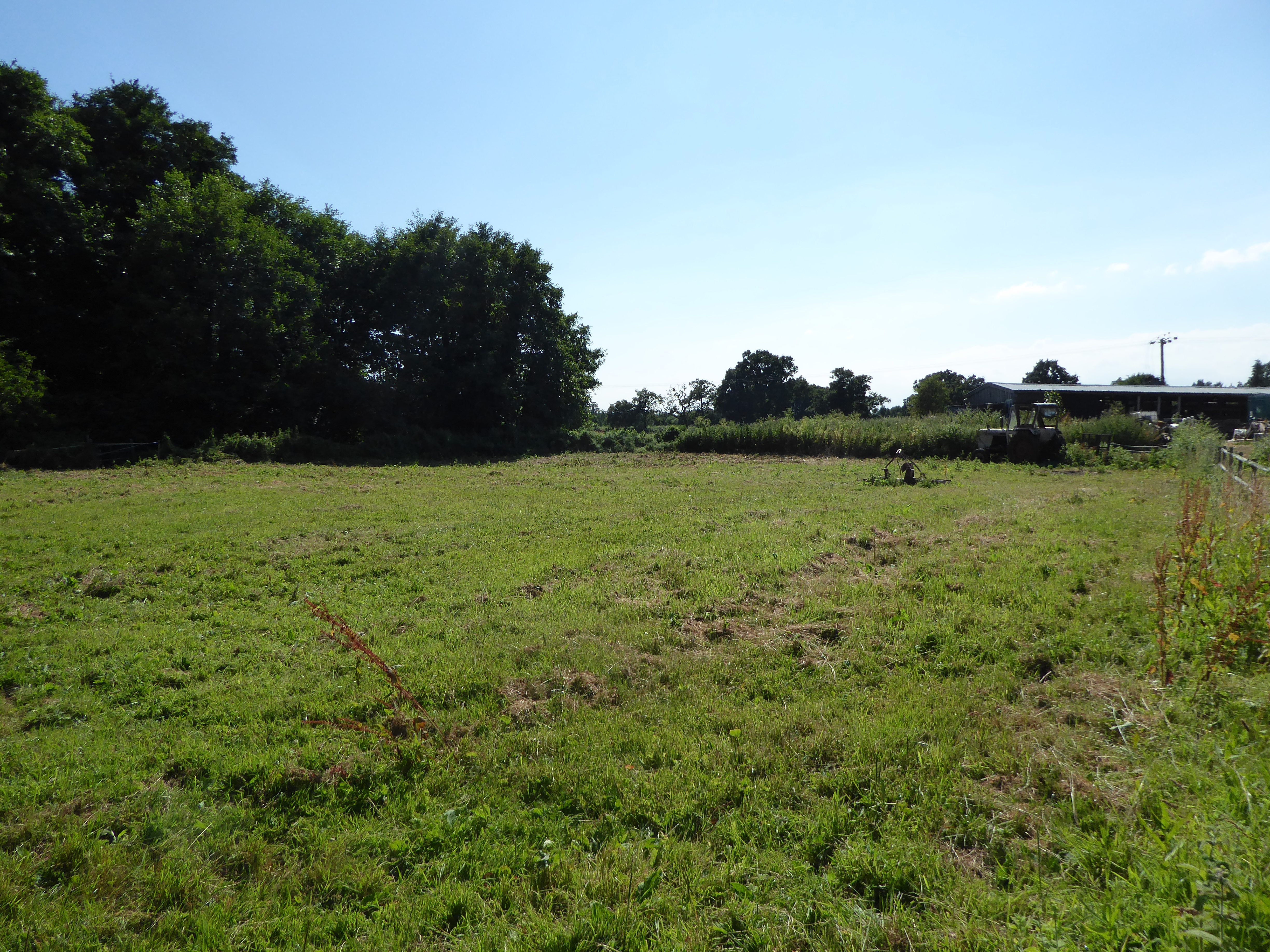West End
Settlement in Norfolk South Norfolk
England
West End

West End is a neighborhood located in Norfolk, Virginia, USA. Situated in the western part of the city, it is bordered by the Elizabeth River to the north and east, and Granby Street to the west. West End is a predominantly residential area known for its historic charm and diverse community.
The neighborhood features a mix of architectural styles, including Victorian, Craftsman, and Colonial Revival homes. Tree-lined streets and well-maintained sidewalks create a welcoming atmosphere for residents and visitors alike. West End is also home to several parks and green spaces, providing ample opportunities for outdoor activities and recreation.
West End offers a range of amenities and services to cater to residents' needs. Granby Street, the neighborhood's main commercial corridor, is lined with local businesses, shops, and restaurants, providing convenient access to shopping and dining options. The area also boasts excellent educational institutions, including public and private schools.
Transportation in West End is facilitated by the nearby Interstate 264 and the Tide light rail system, which connects the neighborhood to downtown Norfolk and other parts of the city. Additionally, the Norfolk International Airport is just a short drive away, providing easy access to domestic and international destinations.
Overall, West End is a vibrant and historic neighborhood in Norfolk, offering a blend of residential tranquility and urban convenience. With its charming architecture, green spaces, and diverse community, West End is a highly desirable place to live and visit.
If you have any feedback on the listing, please let us know in the comments section below.
West End Images
Images are sourced within 2km of 52.476673/1.511218 or Grid Reference TM3892. Thanks to Geograph Open Source API. All images are credited.


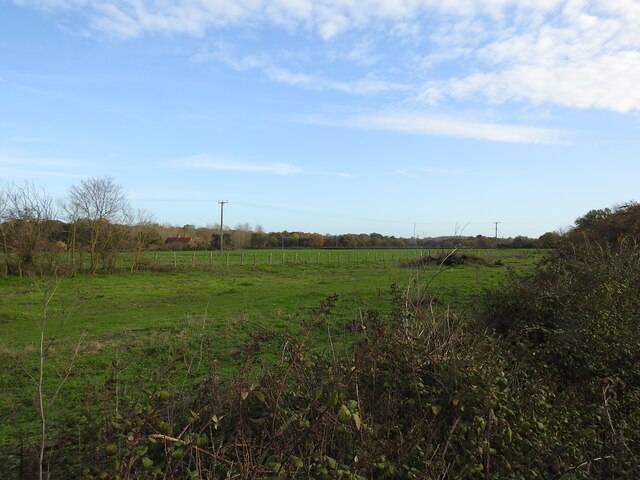
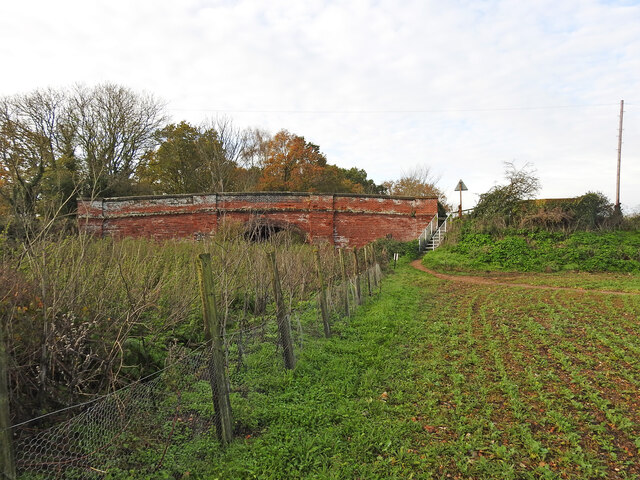
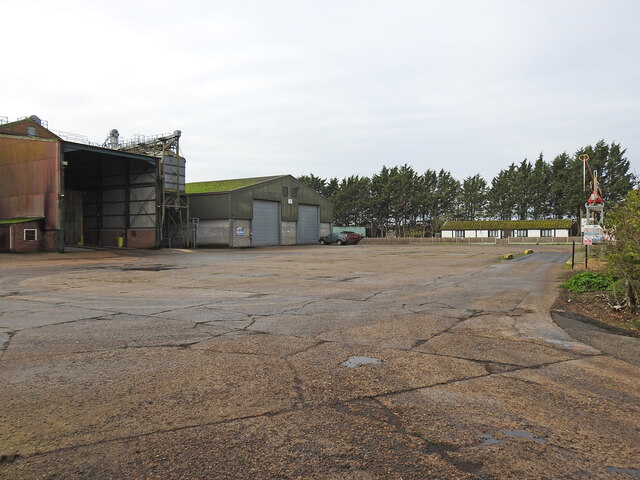
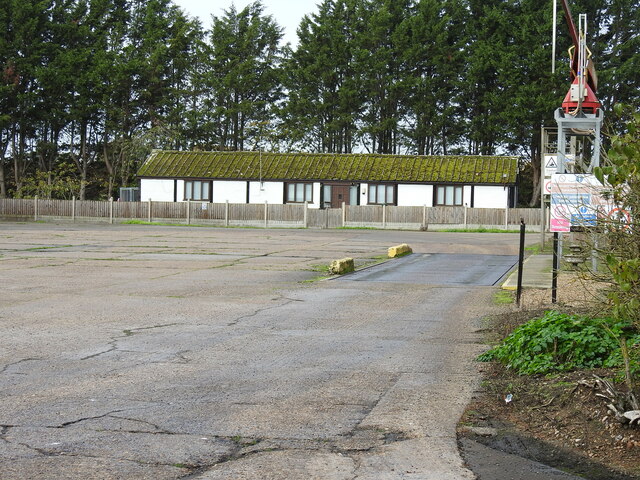
West End is located at Grid Ref: TM3892 (Lat: 52.476673, Lng: 1.511218)
Administrative County: Norfolk
District: South Norfolk
Police Authority: Norfolk
What 3 Words
///gathering.outlooks.trout. Near Beccles, Suffolk
Nearby Locations
Related Wikis
Geldeston railway station
Geldeston (also Geldeston Halt) was a station on the Waveney Valley Line serving the village of Geldeston, Norfolk. It was operational for passenger services...
Leet Hill, Kirby Cane
Leet Hill, Kirby Cane is a 6.5-hectare (16-acre) geological Site of Special Scientific Interest in Kirby Cane in Norfolk. It is a Geological Conservation...
Geldeston
Geldeston is a village and civil parish in the English county of Norfolk. The village is located 2.5 miles (4.0 km) north-west of Beccles and 14 miles...
Geldeston Meadows
Geldeston Meadows is a 14-hectare (35-acre) biological Site of Special Scientific Interest near Geldeston in Norfolk. It is part of the Broadland Ramsar...
Nearby Amenities
Located within 500m of 52.476673,1.511218Have you been to West End?
Leave your review of West End below (or comments, questions and feedback).



